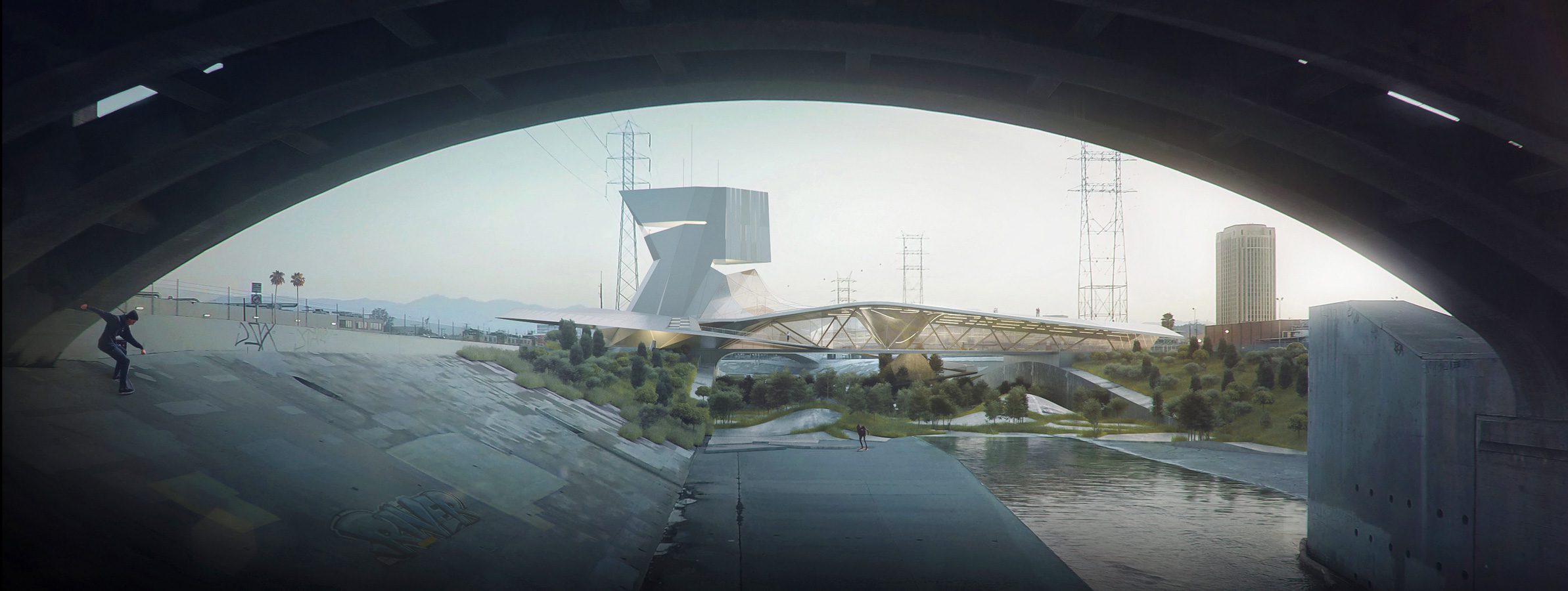Master planning is the process of designing sustainable spaces that align with community needs, well-being, and lifestyle. It considers the natural environment, the functional requirements of buildings, and the economic aspects to create harmonious spaces that foster growth and connectivity.
Site Considerations
The site is the foundation of any master plan. The natural environment offers both challenges and opportunities, which must be addressed in the planning process. Managing environmental factors such as climate, topography, and potential risks (e.g., floods or earthquakes) is key to creating resilient spaces. By considering these elements, master planning ensures that buildings and infrastructure integrate seamlessly with their surroundings while promoting safety, comfort, and efficiency.
Environmental Integration
Effective master planning balances the built environment with the natural world. The goal is to optimize energy efficiency, reduce environmental impact, and incorporate sustainable practices like green spaces, renewable energy sources, and water management systems. This not only benefits the environment but also enhances the quality of life for the community, creating spaces that are both functional and eco-friendly.
Designing for Functionality and Aesthetics
Master planning is about more than just layout; it’s about creating spaces that support social activities and enhance the overall community experience. The plan must account for the interaction between buildings, open spaces, and infrastructure, ensuring that the environment is both aesthetically pleasing and functional. Each space is designed to serve its intended purpose while considering the broader community’s needs and aspirations.
Orientation and Climate Responsiveness
In master planning, the orientation of buildings and spaces plays a critical role in managing environmental factors like sun exposure, wind, and rainfall. Strategic placement of buildings allows for optimal use of natural light and ventilation, reducing energy consumption and improving comfort. Additionally, the surrounding environment—such as trees, water bodies, and landforms—can influence the design, ensuring that each space works with the climate and natural conditions.
Sustainable and Community-Centric Design
At the heart of master planning is the goal of sustainability. Our approach to planning focuses on creating spaces that balance environmental, economic, and social needs. By incorporating energy-efficient infrastructure, promoting walkability, and fostering a sense of community, we create environments that support both the present and future generations.

